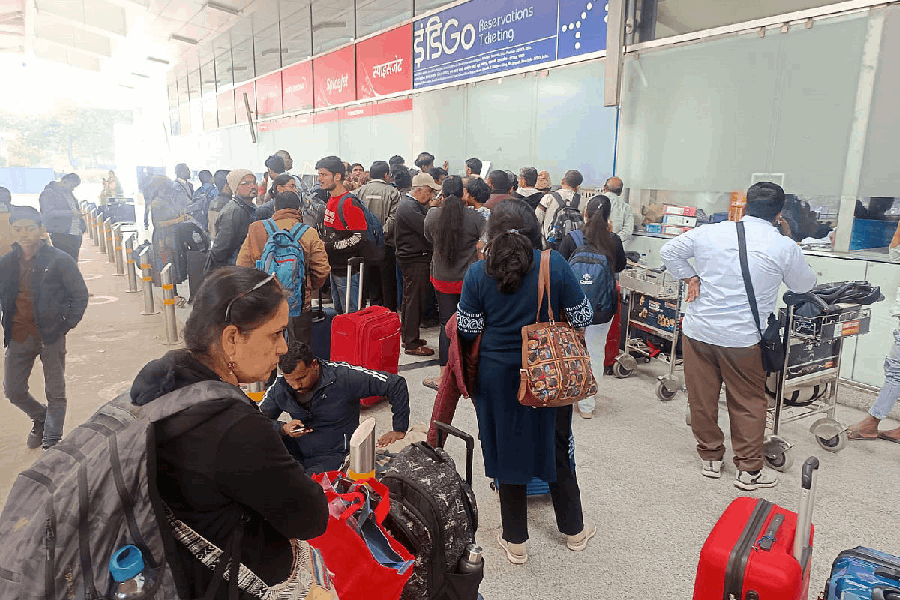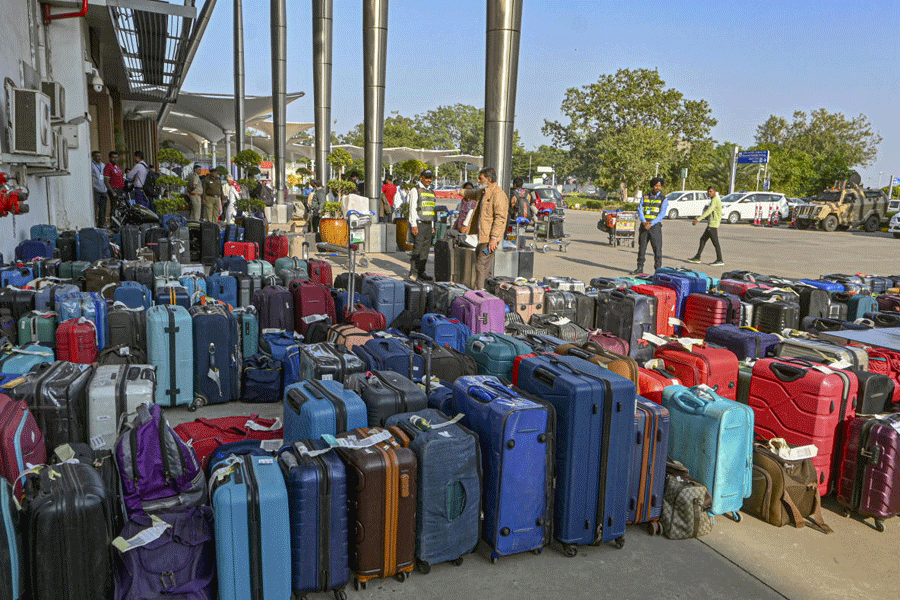Among all the distinguishing markers of Indian culture, holding pride of place is the abuse of women and children. Their safety, rights and overall well-being are of such little consequence to the State and the Indian society that even the Supreme Court has had to intervene in the matter on several occasions. Last year, the apex court expressed its strong disapproval over the institutional apathy towards the protection of children in government-run shelter homes in Bihar, especially in the case of the drugging and rape of over 30 girls — some of whom were as young as seven — in a shelter home in Muzaffarpur. (Among the accused were the politically-connected owner of the shelter and his staff.) Not only did it order the transfer of the case from Patna to a Delhi court — the verdict is set to be delivered today — but it also pulled up the Bihar government for failing to provide complete information about the conditions of shelter homes in the state and the way they are managed. Now, nearly a year after the apex court made its displeasure known, an even bleaker picture has emerged. The National Crime Records Bureau has revealed that in 2018, there was a 30 per cent increase in incidents of sexual abuse of young women in shelter homes in comparison to 2017. Curiously, not a single case from Bihar in 2018 features in the NCRB report, even though the Central Bureau of Investigation is said to be investigating 17 cases from the state.
Apart from existing concerns about such criminal apathy, the knowledge that government figures are skewed leads to newer worries. There is a significant increase in assault cases even without factoring in the numbers from Bihar — how much worse would the statistics be if such crucial information were not withheld, especially since policy is formulated on the basis of government data? Contributing greatly to the problem is the opaque nature of shelter homes for women and children. It prevents monitoring and allows violence of all kinds to take place. Apart from sexual abuse, these transgressions include everything from corporal punishment and verbal abuse to the denial of food and basic amenities. Is it any wonder that the apex court reportedly has no faith in the models of protection for women and children and the State’s commitment to investigating crimes against them? While the judiciary has clearly and repeatedly outlined the changes that must be made to the systems of care in the country, meaningful change will only be possible when the State and society re-evaluate their warped values.










